Finding the best tea in the world is no easy task. There are many varieties of tea such as black, green, or oolong tea. In the tea industry, experts use tea leaf grading, so we can easily evaluate the quality of the tea leaves themselves. Certain avid tea drinkers argue it’s not just about the quality of the tea itself, but the tea cup from which the beverage is consumed from. It is well documented that various nationalities use different tea cups for various purposes. The British use a porcelain small tea cup, usually with a small handle. Argentinians use a special gourd for the yerba mate, whilst Moroccans have their mint tea in a tall glass.
Searching for the best tea is difficult, not because high quality tea is hard to find, but because the task itself is subjective. There are myriad teas around the world, some more famous than others. Whilst I think milky oolong is the best tea in the world, many others would prefer pu-erh tea, rooibos, or the famed Japanese matcha. Tea lovers rejoice, we’re about to pack the bags and go on a quest, travel the world and find delicious flavours, herbal infusions and specialty tea.
Black Tea
Black Tea is made from leaves of the tea plant or Camellia Sinensis. Although it comes from the very same plant as green or white tea, black tea looks and tastes different due to the process of fermentation. The fermentation or oxidation process creates a strong beverage, with more flavour and deeper colour.
Legend has it that black tea was actually created out of an accident when some tea became oxidised as it was left unattended a little too long. The result was an astonishing deep coloured drink, stronger tea flavors and higher in caffeine content.
It was then discovered that such variation of tea was prone for longer shelf life too! Black tea, traded as pressed, a compact brick of tea, became very famous and very sought after outside China.
Black loose leaf teas because so popular, that it was eventually used instead of currency. Back then, there were no tea brands as we’re used to today. But every tea was different, as they were getting their flavours and aromas thanks to their region of growth.

Interesting varieties of black tea
Dian Hong comes from Yunnan, China. It is quite malty and you may have heard of it as it is renowned for its golden tips. It is very gentle and sweet. Only cheap Dian Hong would taste bitter.
Yingdehong Tea originates from Guangdong, China. This is quite fabulously sweet aromatic tea with a lovely taste of cocoa. Jiu Qu Hong Mei is a tea from Zhejiang characterised by a beautiful black colour. It has a very smooth after-taste and some associate its appearance with fish hooks.
Tibeti is from Sichuan, and it has been traded for a very long time by yaks in a shape of a tea brick (which means that the tea was compressed and shaped to look like a brick).
Sun Moon Lake comes from Taiwan, and it is known for its honey characteristic and sweet cinnamon and peppermint aroma. Sun Moon Lake is the name of an actual lake, the largest one in Taiwan to be precise. It acquired this name because one side of the lake looks similar to a sun, whilst the other one resembles a moon.
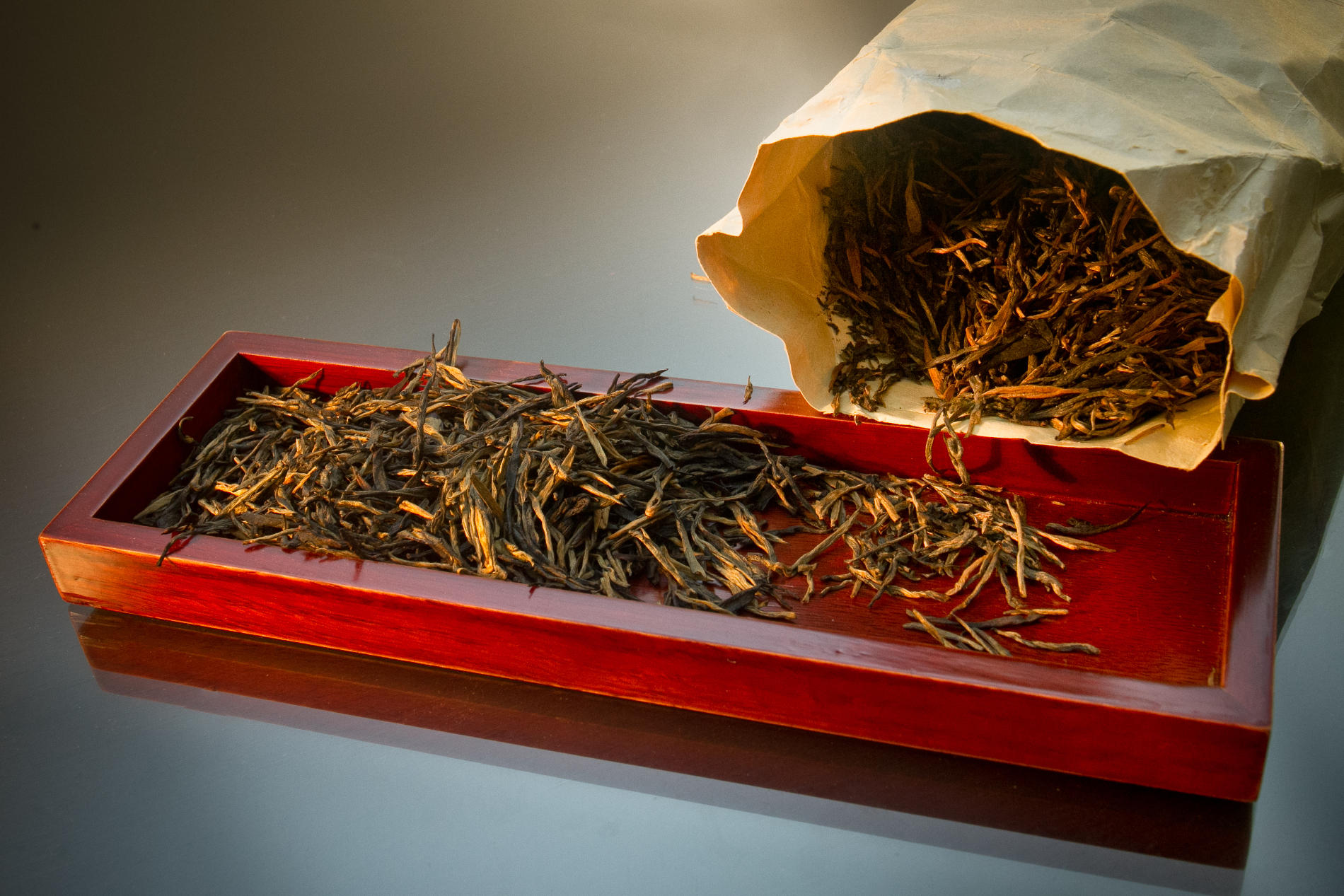
Assam is a black tea which acquired its name due to its location, in India. It is one of the most loved black teas in the west, usually the base for English Breakfast and well known for its malty characteristic. It is actually the most produced tea in the whole world and many tea companies have a version of it.
Darjeeling comes from West of Bengal and is a combination of fruity and floral. It is widely available as green, white, or oolong Darjeeling although the most common form is black. Many luxury tea brands sell this variety.
Munnar is an Indian Tea from Kerala. Kangra is also an Indian Black Tea, but from Himachal Pradesh.
Nilgiri is a very aromatic black tea from Tamil Nadu, a beautiful hill from India.
Ceylon, a beautiful afternoon blend, comes from Sri Lanka. Ceylon black teas have a charming story. This tea variety kept its name against all odds when Ceylon became known as Sri Lanka. Only original Ceylon, grown and packed in Sri Lanka, can wear the original Lion trademark associated with the tea. Depending on the altitude on which it is grown, the taste and colour change from the honey like colour to a rich brown. Tea fanatics can definitely taste the difference.
Nepali Tea comes from Nepal and although is very similar to Darjeeling, some consider it superior in taste, aroma, and colour.
There are of course many, many black tea blends, and they all have something beautiful and special about them. Take for example Earl Grey, with is beautiful bergamot taste thanks to premium bergamot oil, or English Breakfast, a blend of Assam and Ceylon to brighten your morning.
The Masala Chai, which is an amalgam of sweet spices to warm up your heart whilst your English Afternoon Tea will be most inviting when the 5 pm approaches. Whether it is flowery fragrant Darjeeling, spicy Assam or tangy-citrus-fruity Ceylon, black tea enchants us with its aromatic diversity cup by cup.
The certainty is that black tea is nowadays cultivated all over the world in well-established tea growing countries such as India, Sri Lanka or China, but places like Africa, South America and Russia. They all have a story to tell!

Green Tea
The history of tea is very difficult to trace as there are many beautiful stories and legends about it.
We do know that the Chinese have been enjoying this wonderful beverage for more than 4000 years. The story has it that Emperor Shen Nung came across tea when a few leaves fell into the cup of hot water he was enjoying. Although a beautiful legend for sure, we will never know if that’s really what happened.
We know for sure that tea is the oldest herbal medicinal drink. Tea drinking appears in a medical textbook around the 3rd century AD written by Hua Tuo, an ancient Chinese physician.
Another legend states that one Buddhist feel asleep for 9 years during meditation and when he woke up, he cut off his eyelids to punish himself. These very eyelids supposedly grew roots, thus the appearance of the tea bush.
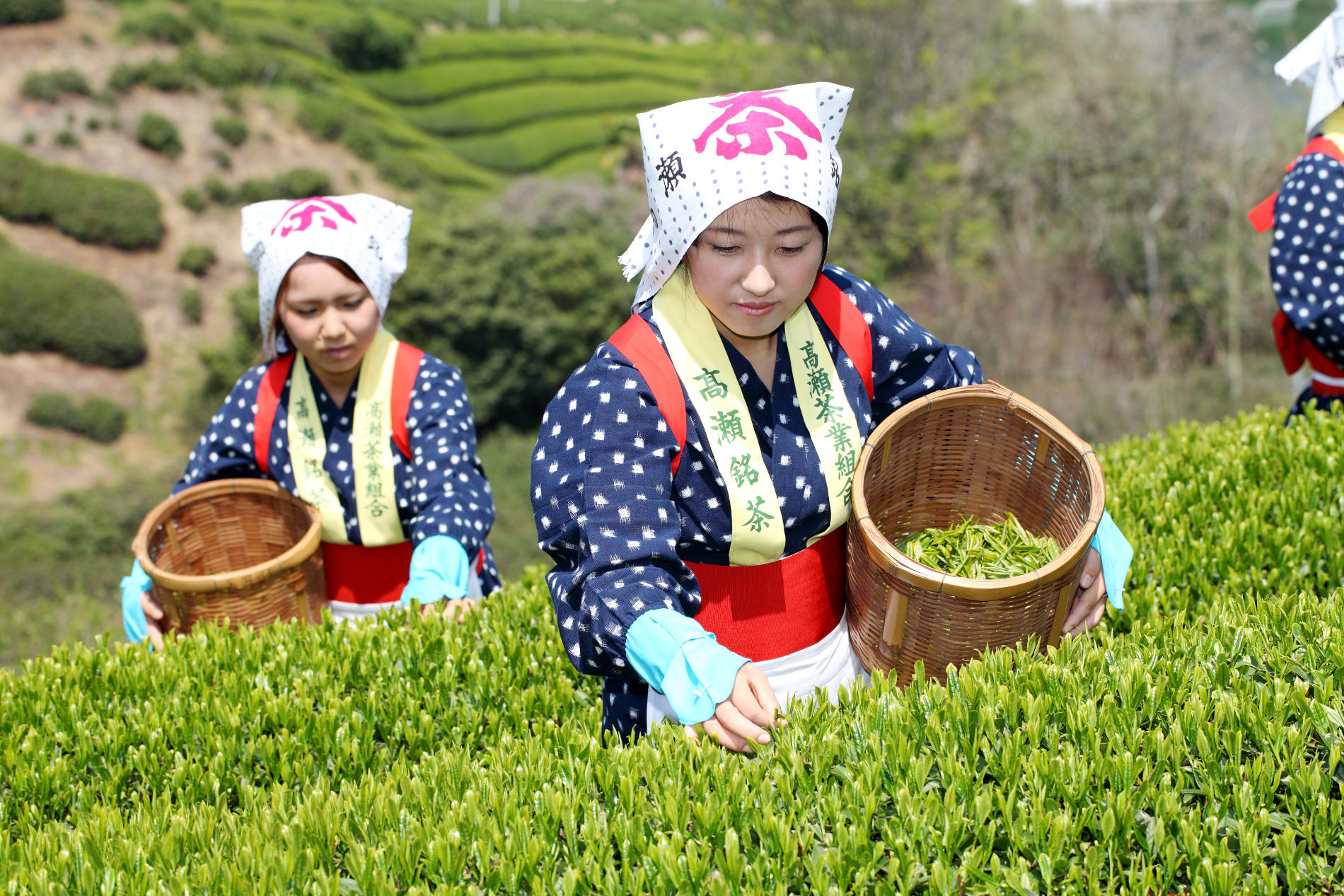
Interesting Varieties of Green Tea
Longjing is perhaps the most well known Chinese tea. Longjing means dragon well and it has a gorgeous flat appearance.
Huiming is a green tea from Zhejiang, and so is the popular Gunpowder. Gunpowder is now grown everywhere in China. Did you know? The popular Moroccan tea is a combination of gunpowder green tea, served with fresh mint in a transparent glass.
Hua Ding is a Chinese Tea from Tiatai whilst Qing Ding is another wonderful tea from Zhejiang also named the Green Top.
Moving from the province of Zhejian to Jiangsu, we find one of the very famous, beautiful green teas of Dong Ting. It is called Bi Luo Chun, or Green Snail Spring. In this province, you can also find Rain Flower Green Tea, Que She from Jin Tan and White Cloud Green Tea.
Fujian is another fabulous Chinese province which has lovely mountain grown delicate teas such as the perfect Jasmine Tea, Mao Feng (furry peak) or Cui Jian (which means jade sword).
Xin Yang Mao Jian is the Green Tip from Henan. Jiangxi province has the magical Chun Mee, the award winning Gou Gu Nao and the nicknamed “Cloud Tea” or Yun Wu.
Da Fang is a green tea from Anhui, same as Huanshan Maofeng, Liuan Leaf, Hou Kui, Tun Lu, Huo Qing (Fire Green), Wuliqing and Hyson, also known Lucky Dragon Tea which has a beautifully long and twisted appearance.
Sichuan Province has the Green Bamboo tea or Zhu Ye Qing, the lovely sweet Meng Ding Gan Lu and the Baimei Green Tea.
Another Chinese tea from the province of Shaanxi is Han Zhong Xian Hao.

Green Teas do not stop in China. They have been introduced to Japan during the Song Dynasty. Legend has it that one Japanese Buddhist monk got a tea leaf from China and planted it in Japan where it thrived and got a story of its own. The Japanese have a beautiful ceremony and a long lasting tradition associated with green tea.
Sencha is perhaps the most well known and most widely consumed tea in Japan. Unlike the Chinese teas, the Japanese Green Teas are steamed thus the differences in taste. Another type of Sencha is called Fukamushicha which is steamed twice as long as normal Sencha; this makes it green and even tastier.
Gyokuro or the Jade Dew is a very fine type of loose leaf tea and is indeed expensive. It is grown in the shade, which increases this tea’s sweetness and its amino acids. It is considered one of the best green tea in the world. Kabusecha is sometimes sold as Gyokuro because it is made the same way but for a lot less time. This tea is not as sweet, but is more delicate and better tasting than Sencha.
If you seek a green tea which tastes a little like berries and almonds with a grassy aroma, then Tamaryokucha is what you should get. The translation means ball green tea.
Bancha is very similar tea to Sencha, but a much lower grade because of the time of harvest.
Kamairicha is not your usual Japanese Tea as it is not steamed but pan fried in a very similar way to the Chinese Tea.
Kukicha, Mecha and Konacha are all smaller parts of Sencha or Gyokuro. Kukicha is quite nutty and made of twigs, whilst mecha is a perfect in-between of Sencha and Gyokuro in terms of quality. Konacha is your sushi tea usually dusty looking, but not to be mistaken for any sort of Matcha.

Matcha is powdered tea, costly and similar to Gyokuro. Matcha, also spelled maccha, refers to finely milled or fine powder green tea grown exclusively in select regions of Japan. Matcha is made from shade-grown tea leaves also used to make Gyokuro. The flavour of matcha is dominated by its amino acids.
The sweeter the Matcha, the highest the grade. Same goes for its flavour and colour. Matcha is 100% natural, organic ground green tea leaves. It is basically a concentrated green tea full of goodness like antioxidants, beta-carotene, and Vitamins A, B and C. It can take up to one hour to grind 30 grams of matcha.
Matcha comes in different grades which are distinguished by more intense sweetness or deeper flavour. The grades are defines by several factors like the location of the tea bush for instance. The exposure to direct sunlight can also alter the quality of matcha as the beautiful green leaves should be dried outside, but in the shade.
In Japan, matcha is stone-ground to the wonderful fine powder you can fully enjoy during a matcha tea ceremony, and it is not oxidated as this could compromise the quality and color of your tea.
The preparation of matcha can last up to 20 days. The bushes are grown under shade to increase the levels of chlorophyll. This basically turns the leaves into a bright beautiful green which contain an extraordinary amount of amino-acids.
After harvesting, if the leaves are rolled out before drying, the result is Gyokuro (also called jade dew) tea, which is Japan’s finest and most expensive tea. If the leaves are laid out flat to dry, they become Tencha. Tencha is stone-ground to the fine, beautiful green powder known as matcha.
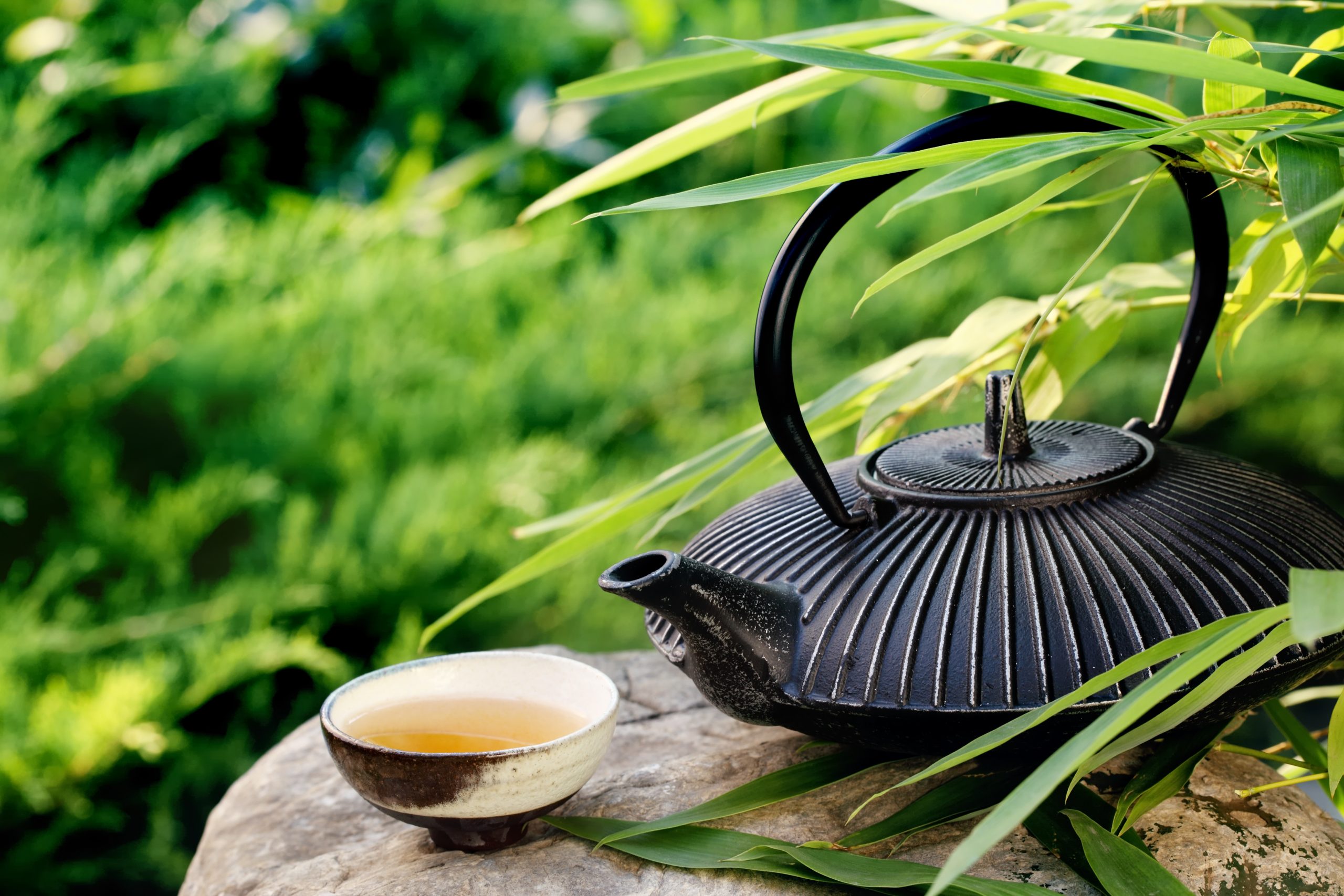
Genmaicha is yet another Japanese wonder. It is a mix of Sencha or Bancha with brown rice. This tea used to be drunk by poor people who cannot afford good quality green tea. Because of its brown rice, it was considered quite filling, thus excellent during fasting periods or between meals when people could not feed themselves.
An interesting Japanese tea is Hojicha which is charcoal roasted. Aracha is a raw green tea and Shincha is also called new tea because is the first flush. This is usually used for Japan’s premium teas.
In Japan, people use instant teas just as much as we use instant coffee. Funmatsucha is green tea type used exactly for this reason. You can also search for it by looking for melting tea. Realistically, there are many green tea varieties out there and it is fantastic that you can pick exactly the one that suits you and your mood. The benefits of green tea are countless, as it contains many amino acids. As with everything, green tea should be drunk in moderation.
Herbal Tea
Herbal Tea is a lovely beverage made from herbs, spices, and plants. Such teas usually do not contain caffeine and are known for the health benefits. Such teas can be served hot or cold and have been used for a very, very long time.
There is evidence which links medicinal plants to the Palaeolithic, so we are talking about over 60,000 years ago. Sumerians have created a list of plants around 5000 years ago whilst other ancient civilisations wrote down plants and their uses.
Herbal teas are meant to keep the body in balance in harmony. Teas are an alternative to water and we are recommended two-three litres of liquid per day.
Making use of herbal powers is an ancient tradition. Here are some of the herbal teas we strongly recommend: Camomile-It is a renowned tea for helping fight insomnia and anxiety. It also helps fight a cold and soothes indigestion. We recommend a cup of camomile tea just before sleep to ensure a good night sleep and peaceful dreams.

Interesting varieties of herbal tea
Mint can reduce your cramping pain, help fight against the cold and the flu and a wonderful natural way to reduce fever as it induces your body to sweat. It can also help reduce nausea.
Ginger helps you if you suffer from chills. It warms up your body and induces sweat, same as the mint. When you think of ginger, you probably think of the tea your mother used to prepare for you to get rid of a sore throat. It also helps reduce sickness.
Winter’s favourite: Cinnamon! Not only it tastes amazing and it adds flavour to your favourite beverages and cakes, but it has a lot of wonderful properties. It reduces nausea, it soothes a sore throat, it can help reduce cold symptoms and it eases your stomachs.
Lemongrass helps with your digestion and calms nervous disorders and anxiety.
Echinacea is a great immune system enhancer, and it also helps reduce pain and reduce inflammation.

Rosehips can help boost your immune system as well as providing you with vitamin C. It has a lot of minerals and its known to be an energy booster.
Blackberry Leaf is a good vitamin C provider and its a great aider for pain and inflammation. Moreover, it can be taken to prevent stomach ulcers. This leaf provides you with salicylic acid which is very similar to aspirin, thus making it a great pain and fever soother.
The clove tastes delicious and helps create a fabulous mulled wine. But it also has great health benefits working as an expectorant and helping ease a bad sore throat.
Lapacho is a great gift from nature which the Incas used a lot for its calming properties. It has a great earthy taste and it contains important minerals essential for your body.
In South America, mate has always been everyone’s drink, enjoyed round the clock and on any occasion. This brew of leaves and twigs from different hollies is said to have magic powers. Because of its high caffeine content, mate is immensely stimulating. It is also rich in vitamin C, magnesia, calcium and iron. It has a restraining influence on appetite which makes it interesting during fasting.
White tea
White tea gets its name because of the beautiful little silvery hairs on the buds of the plant. These make it look whitish and fine. The leaves of the plant are being left to wither under the sunshine and they are processed in order to prevent oxidation. It is said that white tea became famous in China during the Song Dynasty. The tea buds and leaves used to be ground into a powder with a silvery colour to it and throughout the history, this practice has been abandoned in favour of loose tea.

The Silver Needle is perhaps the finest and the most famous of the white teas. It has a wonderful appearance with silver hairs on the leaf which make it look so silky and delicate. It has a sweetish flavour which usually reminds us of juicy honeydew melons. White Peony is another fantastic tasting White Tea although you should expect a bit of a stronger taste. Vietnam Mao Feng has a fine flavour, China Mai Mu Tan is fragrant and mild and the China White Monkey has a particularly nice and special character to it. White Tea is very delicate and fragrant and we most certainly encourage you to pick your favourite and experiment with all of them. Some of them, like the Silver Needle, are classed as rare teas which make them even more sought after and extravagant.
Oolong
The oolong tea goes through a wonderful and unique process. The tea plant is usually withered under the strong sun, then is oxidised, then goes through curling and twisting. The varieties of oolong are many. You can encounter beautiful sweet and fruity ones or more roasted oolong with subtle honey aromas or woody notes. Whichever your oolong, you are sure in for a treat. This beautiful-looking tea got its name due to its appearance. It is also known as Black Dragon tea simply because is dark, long and beautifully curly.
There are several legends debating the origin of this tea. Some say it comes from the Wuyi Mountains whilst others say it comes from the Anxi. Other stories say that one tea picker got distracted after a long day and by the time it returned with the tea, it already started to oxidise, thus the tea was discovered by mistake. There are many types of oolong out there.
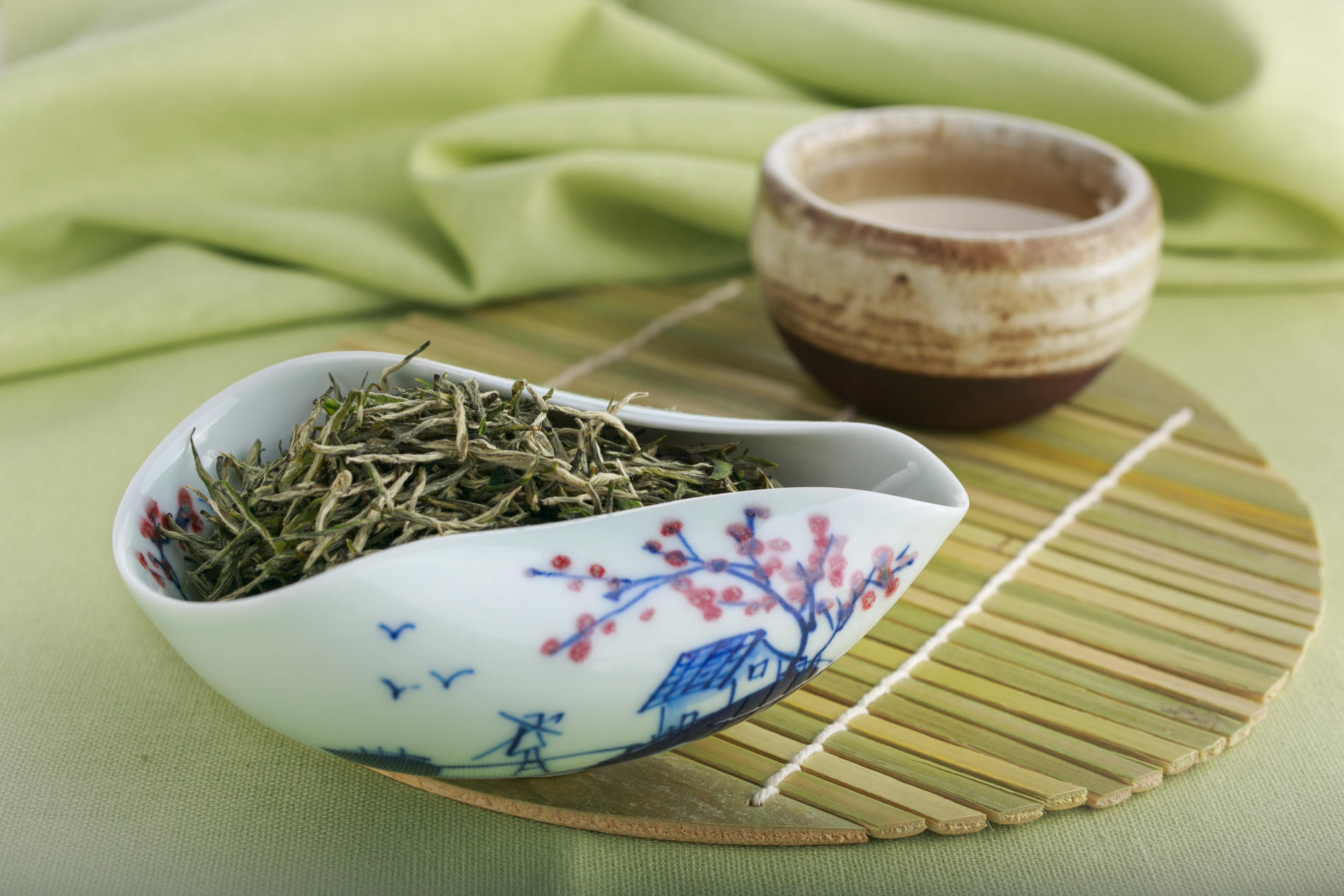
Interesting varieties of Oolong Tea
The best oolongs are being made in China, in Fujian. Here’s a list of some of the finest:
Cassia is known for its spicy aroma, Gold Turtle, Iron Monk and Narcissus are very dark whilst the Red Robe is a very highly regarded tea which won several awards. The famed White Comb is light tea. Golden Cassia and Iron Goddess are both from Anxi, China, the later being a very famous tea and very popular for its delicate and beautiful taste.
You may have heard of the oolongs from Guangdong province because they have the amazing ability to naturally acquire the flavour of flowers and fruits.
Yu Lan Xiang – Magnolia Flower Fragrance
Xing Ren Xiang – Almond Fragrance
Zhi Lan Xiang – Orchid Fragrance
Po Tou Xiang – Ginger Flower Fragrance
Huang Zhi Xiang – Orange Blossom Fragrance
You Hua Xiang – Pomelo Flower Fragrance
Mi Lan Xiang– Honey Orchid Fragrance
Rou Gui Xiang – Cinnamon Fragrance
Gui Hua Xiang – Osmanthus Fragrance

Did you know? Thailand has an extremely rare type of oolong and the tea plant wraps itself around a guava tree. Taiwan is also well known for its oolong teas. Dong Ding is a type of oolong which has a very distinctive fragrance. It means Ice Peak.
Oriental Beauty is a sweet tasting oolong with fruity aromas. Alishan Oolong, referred to as the mountain tea, only grows during the sunny season.
Lishan Oolong is very similar to Alishan Oolong, although it comes from a different part of Taiwan. Pouchong is a very floral oolong, Ruan Zhi is very light and Jin Xuan is also known as the “milky oolong”. This has been developed around 1980 and it has, as the name states, a milky taste.
New Zealand is not just a beautiful place, full of dramatic landscapes, but also home to Zealong tea. Zealong is a type of oolong and it has a unique character.
Pu Erh Tea
Pu Erh is a very interesting tea indeed. It is the tea of the connoisseurs with a very beautiful fermented taste and earthy aroma. Pu Erh is produced in Yunnan, China where it undergoes the process of fermentation and oxidation. Pu Erh is created from an unoxidized large leaf of green tea which grows in Yunnan. These two categories of Pu-Erh, raw (Sheng Cha) and ripe (Shou Cha). You can buy the unoxidized leaf which is called Maocha, which is used to produce Sencha Cha or Shou Cha depending on the process used. It is worth noting that Pu Erh is about the only tea the Chinese call “black tea”. Everything else that we call black tea, they refer to as red tea. Pu Erh is compressed into various shapes such as bricks, cakes, discs, bowls, nests.

Currently, there are four main types of Pu-Erh teas:
Moacha which is the green unoxidised large leaf, the very raw material used for making the very beautiful Pu-Erh.
Raw Pu-Erh which has been pressed but has not gone through any processing
Ripe Pu-Erh which is the pressed moacha gone through additional processing for about a year. If this tea tastes a little sour, means the fermentation process went badly and the tea is of inferior quality
Aged Pu-Erh which is the tea gone through a slow secondary process of oxidation and microbial fermentation. Ageing the pressed raw Pu-Erh is viewed as the highest quality.
As explained above, Yunnan is the place where most of the Pu-Erh is produced. There are Six Great Tea Mountains known for their very best Pu-Erh:
Gedeng or “leather stirrup”
Mansa or “seed sowing bag”
Mangzhi or “copper cauldron”
Manzhuan or “iron brick”
Yibang or “wooden clapper”
Yōulè or “copper gong”
Rooibos
Rooibos is a plant growing in South Africa and its leaves are used to make the very lovely herbal tea also known as bush tea. The locals would climb mountains to collect the leaves of wild rooibos plant and then will attach the leaves to bags at the back of donkeys. Will then have to descend the steep slopes. The leaves were then chopped and bruised using hammers, and then left to be dried out in the sun. Dutch settlers developed rooibos as an alternative black tea which was rather too expensive to import from Europe. Benjamin Ginsberg, a man incredibly fascinated with the way the wild tree grows, decided to partner up with local doctor Dr. Le Fras Nortier and try to cultivate the rooibos plant. After several attempts, they were ultimately successful which led to encouraging local farmers to cultivate the plant to gain profit. Today, Rooibos is widely available, being incredibly popular in South Africa.

The stunning plant of Rooibos can only grow in South Africa as all places which tried to accommodate the plant, failed. Attempts to grow Rooibos in the United States, Australia and China have all failed because Rooibos has a symbiotic relationship with the local microorganism. Due to climate changes, there are speculations that Rooibos could be led to extinction within the next century.
We love travelling pursuing finding spectacular teas. One thing is certain: you can never have enough cups of tea! Do you love drinking tea? What is the best tea in the world according to you? Leave a comment and tell us your story!


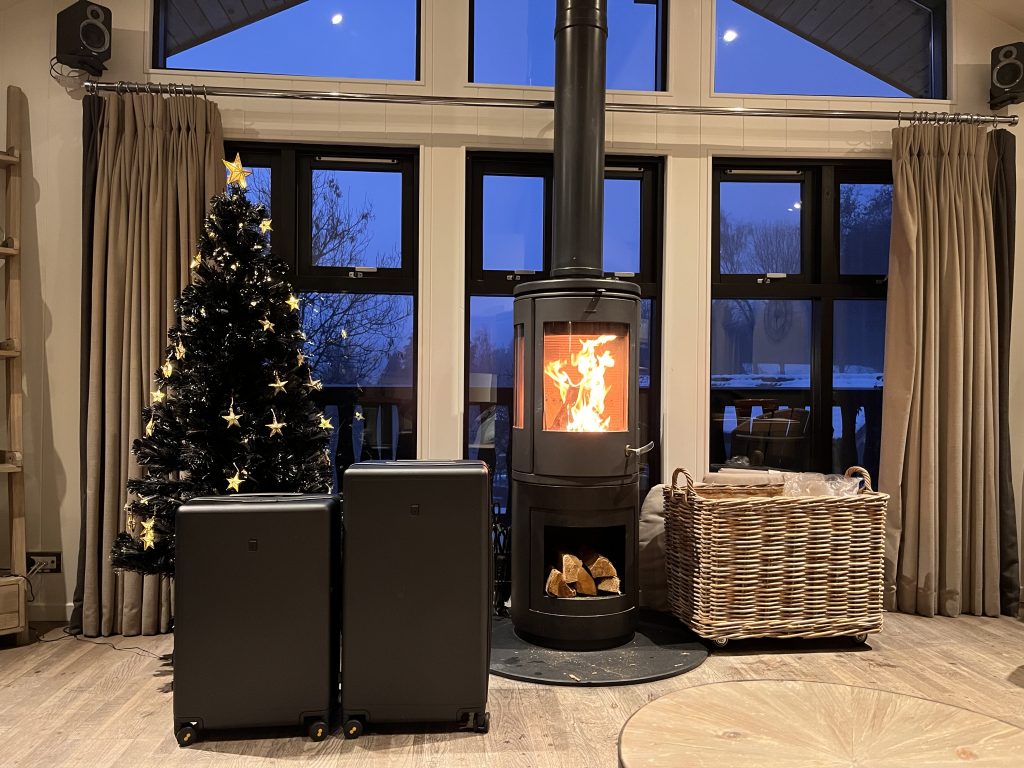
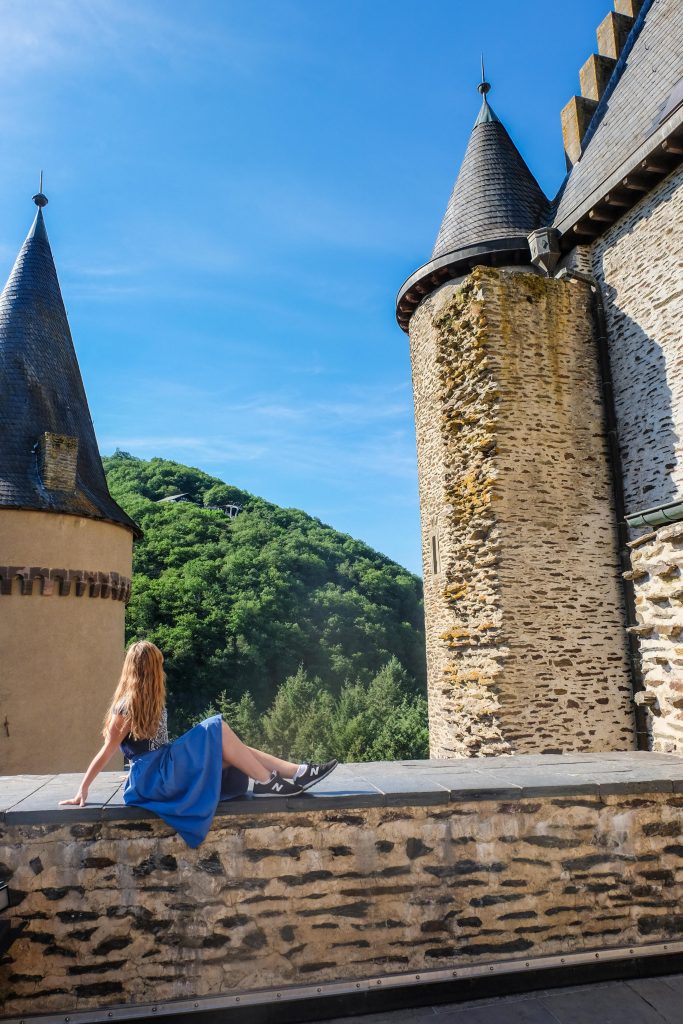
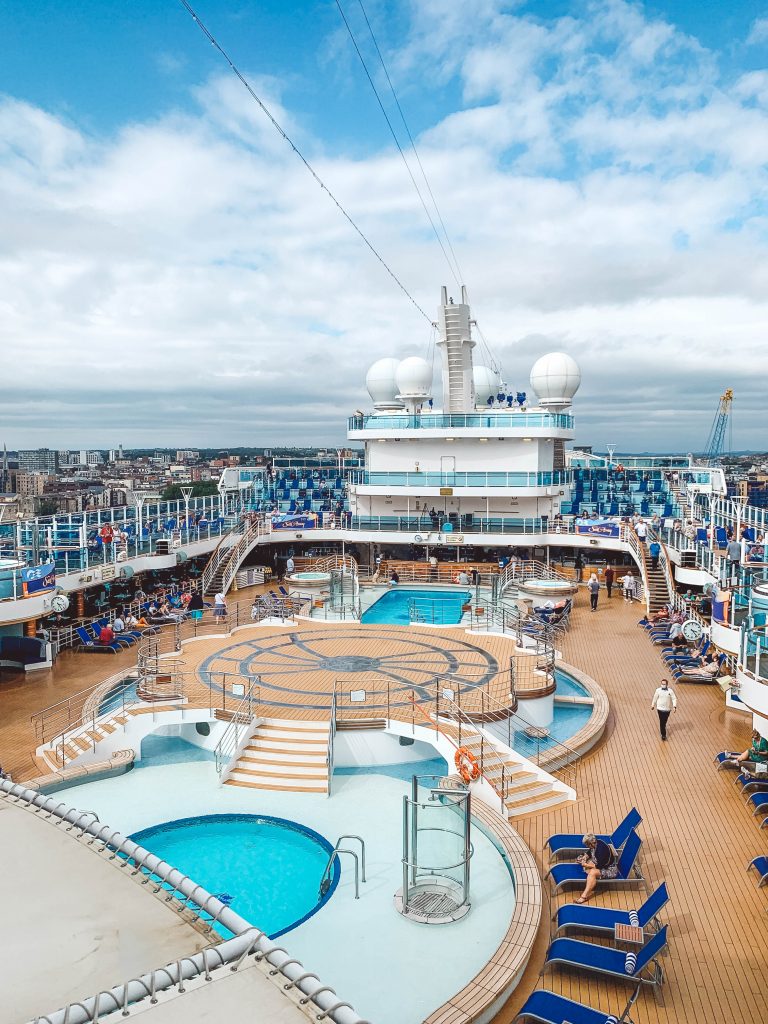




Leave a Reply